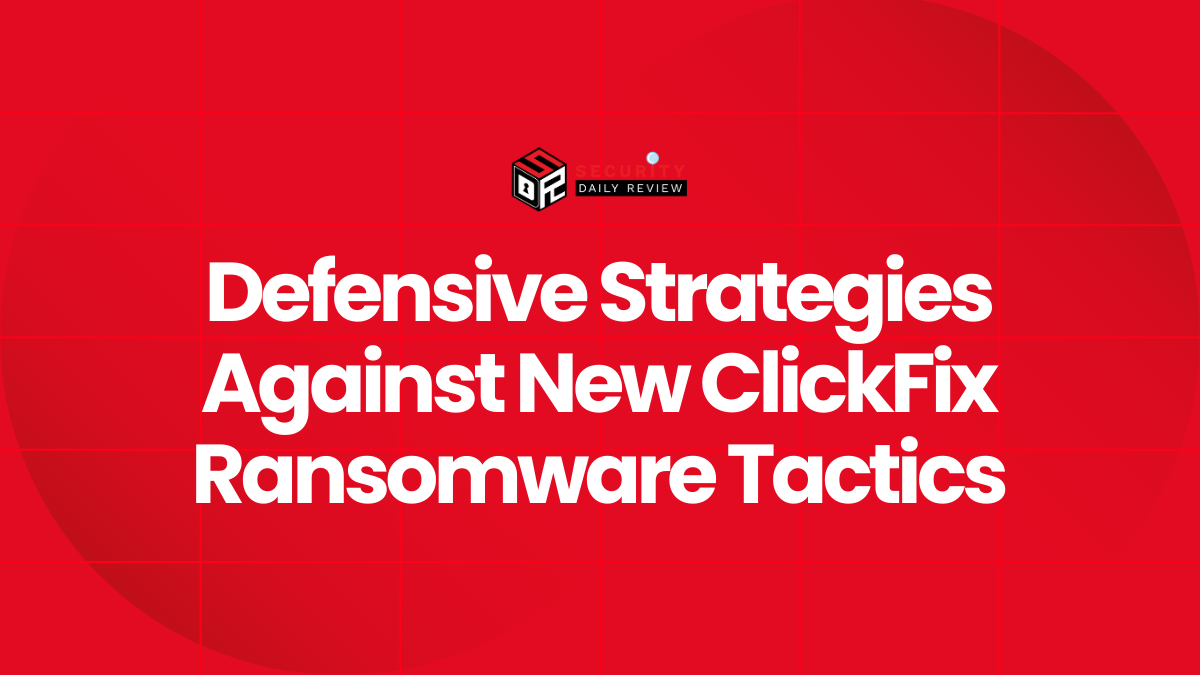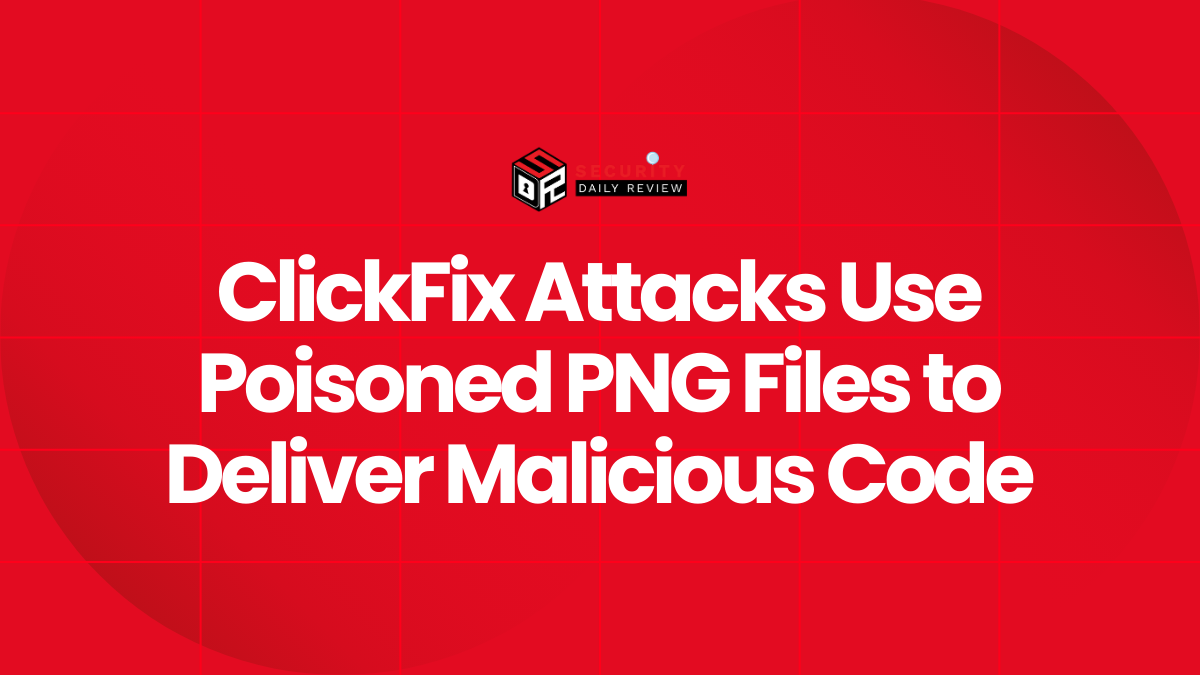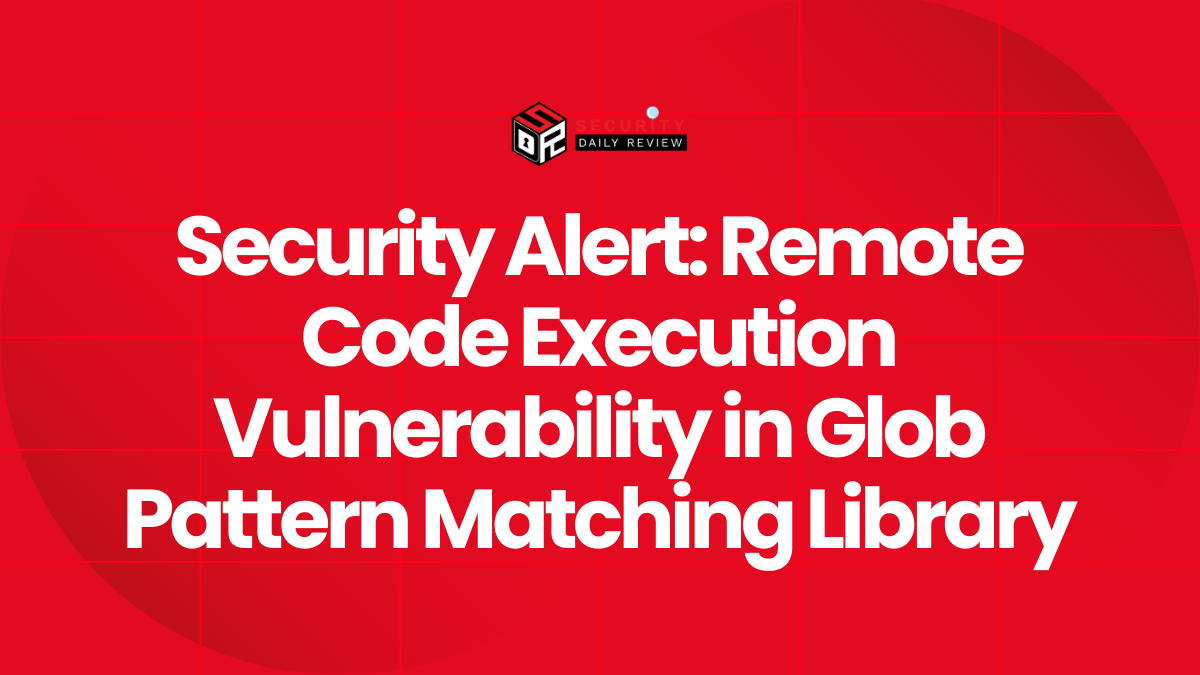Cyberattackers continuously refine their methods, and a prime example of this evolution is the latest variants of the ClickFix ransomware. By simulating Windows Update animations in full-screen browser pages, attackers aim to deceive users and hide their malicious code within seemingly benign images. As ransomware tactics evolve, understanding their intricacies is crucial for cybersecurity professionals and vulnerable users alike.
Rising Threat of ClickFix Ransomware
Understanding the Deceptive ClickFix Attack
The sophistication of the ClickFix ransomware lies in its deceptive presentation. The simulated Windows Update animation creates an illusion of legitimacy, lulling users into a false sense of security. This animation effectively obscures the true intent of the malware, which executes harmful code concealed in downloadable images. Attackers leverage the human tendency to trust familiar system processes, exploiting this trust to gain unauthorized access and deploy ransomware on unsuspecting devices.
Technical Mechanisms Behind ClickFix
The ClickFix ransomware employs a multi-layered disguise to infiltrate systems undetected. Here’s how it functions:
- Realistic Visuals : The full-screen browser page mimics the aesthetics of legitimate Windows updates, effectively reducing user suspicion.
- Malicious Code in Images : By embedding malware within image files, attackers bypass numerous security barriers that typically filter executable files.
- Social Engineering Tactics : These attacks count on end-user naivety, banking on the likelihood that individuals will not suspect a standard procedure like a system update.
Identifying the Evolution of Malware Techniques
Innovations in ClickFix Detection
Cybersecurity experts are proactively developing robust detection methods to counteract ClickFix’s strategy. These approaches include:
- Advanced Image Scanning : Algorithms capable of identifying malicious code within image file structures.
- Anomaly Detection Software : Tools designed to monitor and pinpoint deviations from typical software behavior during updates.
- Training Programs : End-user education on how to recognize and respond to ransomware threats, thus limiting successful infiltration.
Proactive Defense Mechanisms for Users
To shield oneself from the ClickFix ransomware, users should adopt comprehensive preventive practices, such as:
- Regular Software Updates : Ensure all software and system components are up to date to patch existing vulnerabilities.
- Robust Security Software : Employ security solutions that encompass firewalls, anti-malware, and anomaly detection capabilities.
- Secure Browsing Habits : Be wary of unsolicited updates and never download files from unverified sources or unfamiliar emails.
Preparing for Future Threats
Enhancing Organizational Cybersecurity
Organizations must prioritize cybersecurity as a focal element of their operational strategy, developing a multi-faceted defense against ransomware attacks. Implementing layered defense systems and regular workforce training can significantly reduce the risk of infiltration.
Encouraging Broader Industry Collaboration
A concerted effort among cybersecurity firms, industry stakeholders, and governmental bodies can drive the creation of efficient countermeasures against emerging ransomware threats. Collaboration facilitates sharing intelligence on new attack vectors and enhances community resilience.
Ransomware threats like ClickFix exemplify the constant evolution of cybersecurity challenges. By understanding these developments and implementing robust security measures, individuals and organizations can significantly reduce the risk of becoming victims to these deceptive tactics.









